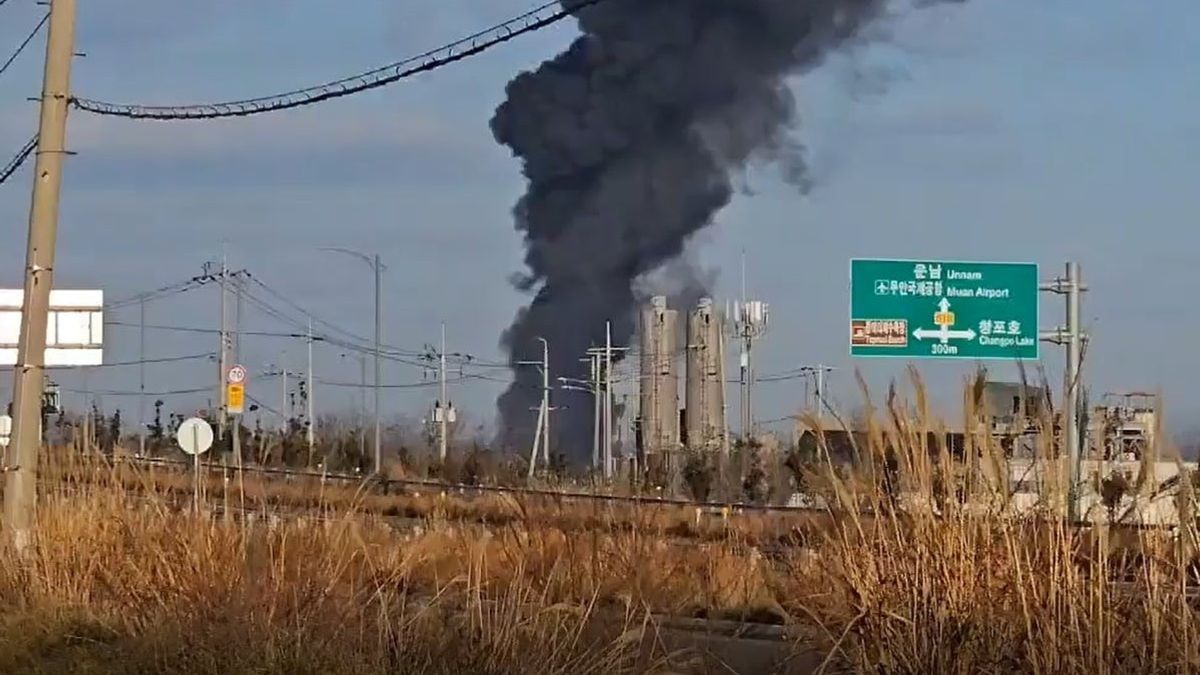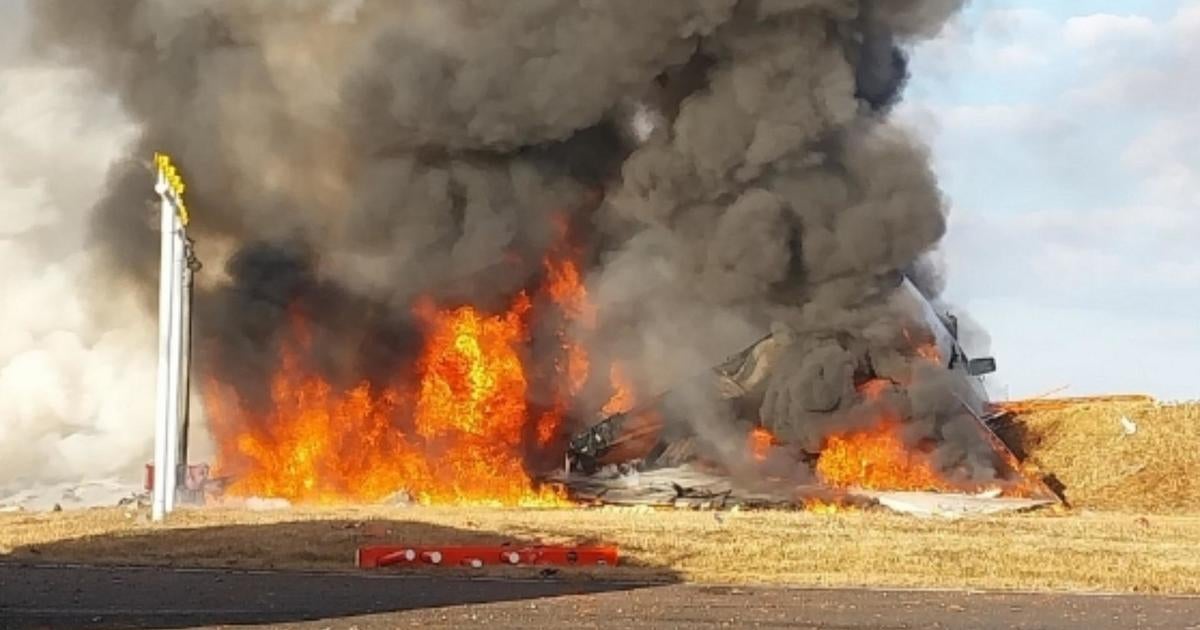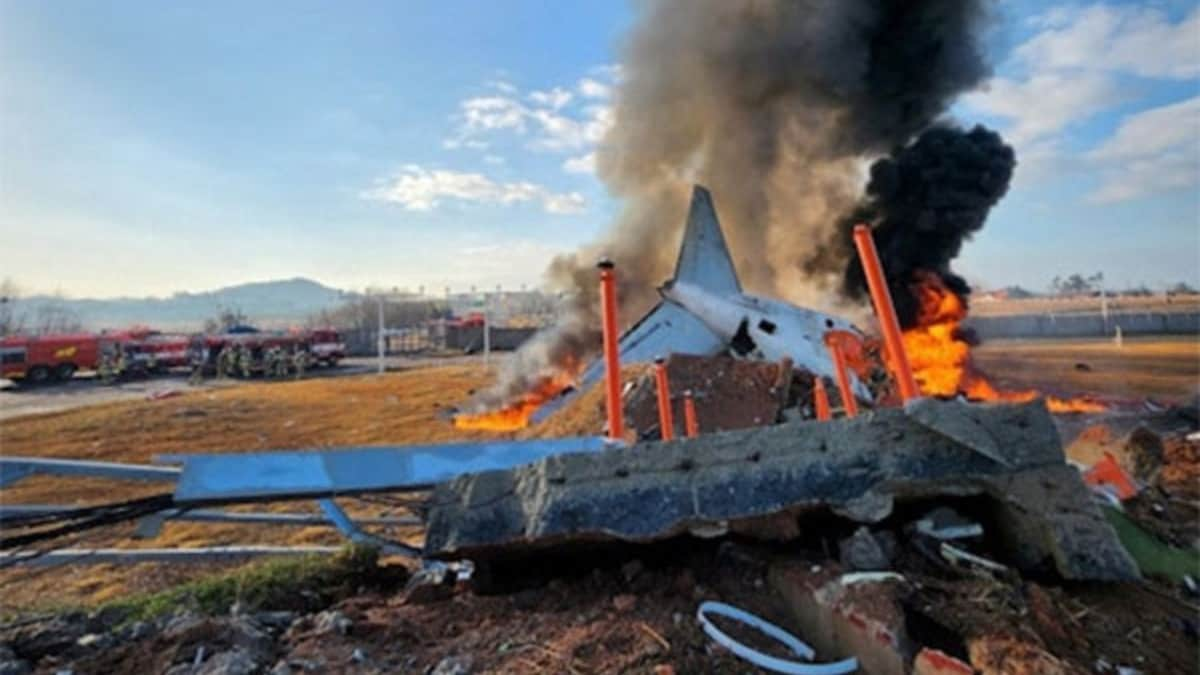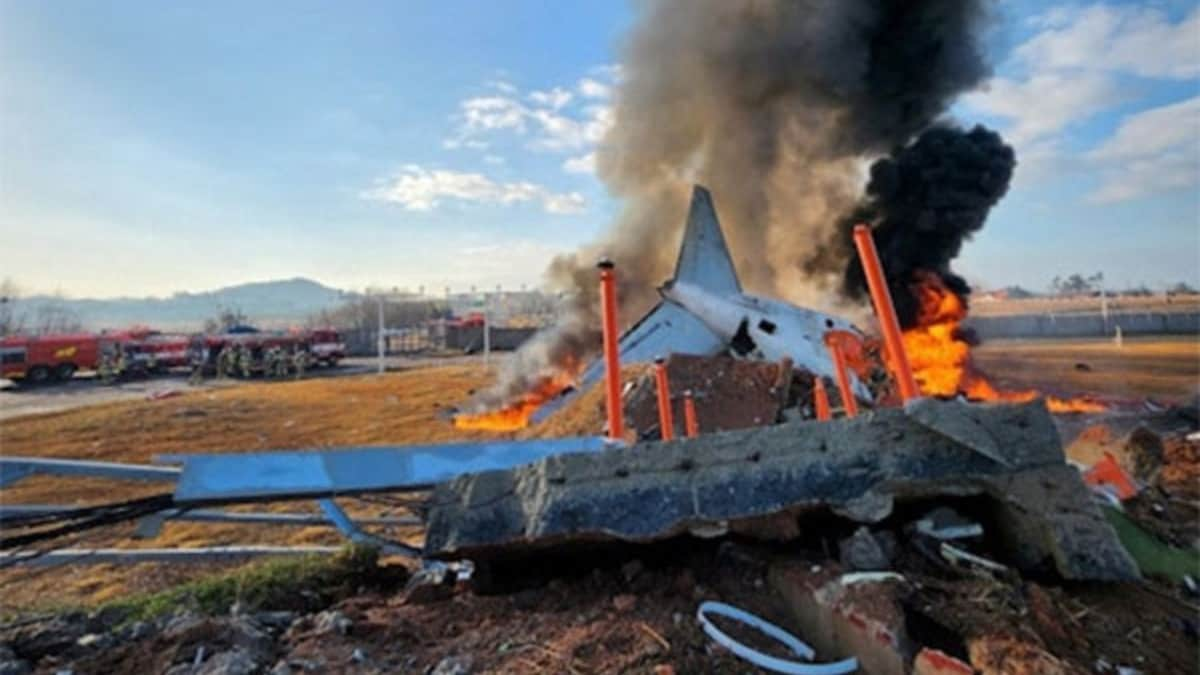Plane crashes south korea are a sobering reminder of the inherent risks in air travel. This exploration delves into the history of these incidents, examining their causes, the subsequent investigations, and the lasting impact on South Korean aviation safety regulations and society. We’ll trace the evolution of safety measures, analyze the socioeconomic consequences, and explore specific case studies to understand the complexities surrounding these tragic events.
From
Plane crashes in South Korea, sadly, are a serious issue demanding thorough investigation. Thinking about the scale of such tragedies, it’s almost like a twisted game, reminding me of that bizarre mashup I saw online – squid game thanos – where the stakes were equally high. The sheer randomness of such events, both fictional and real, is unsettling; understanding the causes behind plane crashes in South Korea is crucial for preventing future incidents.
examining historical trends and investigative procedures to analyzing the socioeconomic impact and technological advancements, we aim to provide a complete picture of plane crashes in South Korea. We’ll uncover the roles of various agencies, the evolution of safety regulations, and the long-term effects on communities affected by these devastating events. This detailed analysis will shed light on the ongoing efforts to improve aviation safety in South Korea and globally.
Historical Context of Plane Crashes in South Korea
South Korea’s aviation history, like that of many nations, includes a number of significant plane crashes that have profoundly shaped its safety regulations and public perception of air travel. Examining these events chronologically reveals a pattern of evolving safety measures and technological advancements.
Timeline of Significant Plane Crashes
The following table provides a summary of notable plane crashes in South Korea, highlighting their impact on the nation’s aviation safety landscape.
| Date | Location | Airline | Casualties |
|---|---|---|---|
| October 26, 1979 | Gimpo International Airport, Seoul | Korean Air Lines | 15 |
| August 31, 1980 | Mount Sancheong, South Korea | Korean Air Lines | 182 |
| December 29, 1983 | Near Gwangju, South Korea | Korean Air Lines | 22 |
| November 28, 1993 | Near Pohang, South Korea | Asiana Airlines | 68 |
| July 6, 2013 | San Francisco International Airport, USA | Asiana Airlines | 3 |
Each crash prompted reviews of safety protocols, leading to enhanced training, stricter maintenance procedures, and improved communication systems. Public perception of air safety fluctuated following each event, with periods of heightened anxiety followed by gradual restoration of confidence.
Comparison of Crash Causes with Global Trends
A comparative analysis of the causes of major plane crashes in South Korea reveals similarities and differences with global trends. While human error, such as pilot fatigue or inadequate training, remains a significant factor, South Korea has made strides in addressing these issues. The integration of advanced technologies and stricter adherence to international safety standards have reduced the occurrence of certain types of accidents.
However, unique geographical factors, such as mountainous terrain, continue to pose challenges for aviation safety in South Korea.
Plane crashes in South Korea, sadly, are a serious issue demanding thorough investigation. Thinking about the unpredictable nature of such events makes you wonder about other unpredictable things, like the potential twists in the squid game 2 ending , which, similarly, keeps viewers guessing until the very last moment. Ultimately, though, both plane crashes and fictional games of survival highlight the fragility of life and the importance of safety precautions.
Investigation and Response Mechanisms

Following a plane crash in South Korea, a comprehensive investigation is launched to determine the cause and prevent future occurrences. Multiple agencies collaborate to ensure a thorough and transparent process.
Investigative Procedures
The investigative process typically involves the following steps:
- Securing the crash site and recovering evidence.
- Conducting interviews with witnesses, survivors, and air traffic controllers.
- Analyzing the flight data recorder (FDR) and cockpit voice recorder (CVR).
- Examining the aircraft wreckage for signs of mechanical failure.
- Developing a detailed accident report outlining the cause and contributing factors.
- Implementing recommendations to improve aviation safety.
Roles and Responsibilities of Involved Agencies
Several agencies play crucial roles in accident investigations, including the Ministry of Land, Infrastructure, and Transport, the Air Accident Investigation Board, airline representatives, and potentially international organizations like the International Civil Aviation Organization (ICAO).
Communication and Information Flow
A flowchart would visually represent the complex communication network during a crash response, showing information flow between emergency services, investigators, airlines, families of victims, and the media. This would highlight the coordination required for efficient rescue operations, investigation, and public information dissemination.
Safety Regulations and Technological Advancements
South Korea’s aviation safety regulations have evolved significantly in response to past crashes, incorporating international best practices and leveraging technological advancements.
Evolution of Safety Regulations
Over time, regulations have become more stringent, covering aspects like pilot training, aircraft maintenance, air traffic control procedures, and emergency response protocols. The incorporation of international standards, such as those set by the ICAO, has further enhanced the robustness of South Korea’s aviation safety framework.
Plane crashes in South Korea, sadly, are a serious issue demanding thorough investigation. Thinking about the unpredictable nature of such events makes you wonder about other unpredictable things, like the plot twists in the squid game season 2 ending , which, like a plane crash, can leave you reeling. Ultimately, both events highlight the fragility of life and the importance of safety protocols.
Technological Advancements

South Korea has implemented various technological advancements, including the use of advanced flight management systems, improved weather forecasting technologies, and enhanced ground-based navigation systems. These technologies enhance situational awareness and contribute to safer operations.
Safety Measures Employed by Airlines and Airports, Plane crashes south korea
South Korean airlines and airports employ a range of safety measures, such as rigorous pilot training programs, advanced aircraft maintenance schedules, and comprehensive security protocols. These measures contribute to a safer air travel experience.
Socioeconomic Impact of Plane Crashes
Plane crashes have significant socioeconomic consequences in South Korea, affecting various sectors and impacting the lives of many individuals.
Economic Consequences
The economic impact includes substantial insurance claims, losses in tourism revenue, and disruptions to related industries such as hospitality and transportation. The overall economic burden can be substantial, particularly after large-scale accidents.
Psychological and Emotional Impact

The psychological and emotional toll on families of victims, survivors, and the broader community is profound. Grief, trauma, and a sense of insecurity can persist for years following a crash.
Long-Term Societal Effects
Major plane crashes can have long-term societal effects, including:
- Increased public scrutiny of aviation safety.
- Changes in public travel behavior.
- Long-term mental health challenges for affected individuals.
- Increased investment in aviation safety infrastructure and technology.
Illustrative Case Study: Asiana Airlines Flight 214
Asiana Airlines Flight 214, which crashed during landing at San Francisco International Airport in 2013, serves as a compelling case study. The investigation revealed contributing factors including pilot error, inadequate crew resource management, and potential communication breakdowns.
The Crash Event
The Boeing 777 aircraft, approaching the runway at a significantly low speed and altitude, impacted the seawall short of the runway. The impact caused the tail section to strike the ground and the aircraft to break apart. The scene was one of chaos, with scattered debris and emergency crews working amidst the wreckage in the immediate aftermath. The weather was clear and visibility was good, making the circumstances surrounding the crash even more perplexing.
Investigation Findings and Subsequent Changes
The investigation revealed that the pilots’ inadequate approach speed and failure to properly utilize the aircraft’s auto-throttle system were major contributing factors. Subsequent changes included enhanced pilot training, stricter adherence to safety procedures, and a greater emphasis on crew resource management.
Highlighting Broader Issues
The Asiana Airlines Flight 214 crash highlighted the importance of rigorous pilot training, effective crew resource management, and the need for a strong safety culture within the aviation industry. It underscored the need for continuous improvement and vigilance in maintaining the highest safety standards to prevent similar tragedies in the future.
Closure: Plane Crashes South Korea
Understanding the history of plane crashes in South Korea, the investigative processes, and the resulting safety improvements is crucial for preventing future tragedies. While the emotional toll on victims’ families and the broader community remains immeasurable, the ongoing commitment to enhancing safety regulations and technological advancements offers hope for a safer future of air travel. By learning from past mistakes and embracing technological progress, South Korea continues to strive for excellence in aviation safety.
Essential Questionnaire
What is the most common cause of plane crashes in South Korea?
The specific causes vary greatly, but factors like pilot error, mechanical failure, and weather conditions have all contributed to past incidents. Detailed investigation reports are necessary to determine the exact cause for each specific crash.
How does South Korea compare to other countries in terms of aviation safety?
South Korea maintains a relatively high level of aviation safety compared to global averages, but continuous improvement efforts are ongoing. International rankings and safety audits offer further comparative data.
What support is available for families of victims in plane crashes?
South Korea provides various support systems, including financial compensation, psychological counseling, and legal assistance, for families impacted by air disasters. Specific details may vary depending on the circumstances.
Are there any specific safety technologies used in South Korean airports?
Yes, South Korean airports utilize advanced technologies like sophisticated radar systems, collision avoidance systems, and enhanced communication networks to improve safety. Specific technologies employed may vary depending on the airport and airline.
